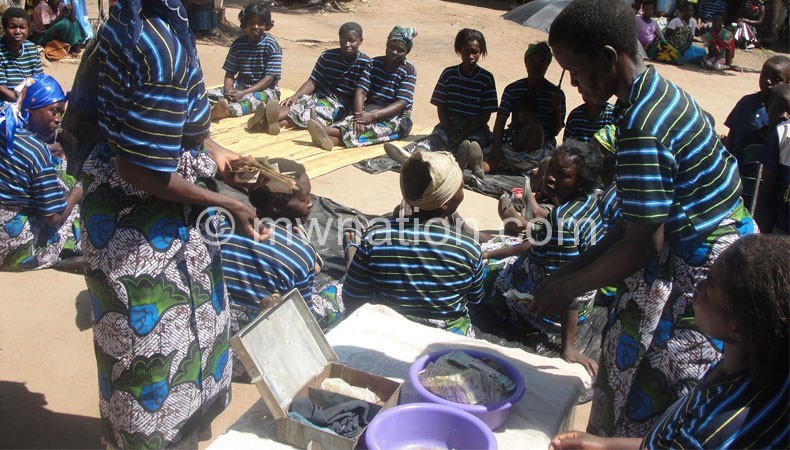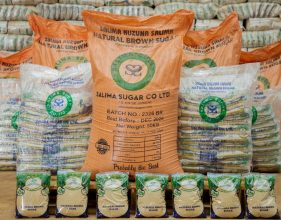Village banks claim 16 percent savings
At least 1.6 million adults, approximately 16 percent, save through Village Savings and Loan Associations (VSLA)—village banks—while the number of people borrowing from the groups has shot up.
The FinScope Malawi consumer survey 2014 media release issued recently notes that the putting of money into livestock, farming and business as profit making investment has declined sharply since 2008.

The survey further indicates that borrowing from formal credit providers—mainly banks—has dropped slightly from five percent in 2008 to four percent in 2014 while those borrowing from informal sources increased by 11 percentage points in the same period.
The FinScope report released this month also indicates that people borrowing from informal sources, including VSLA has increased from six percent in 2008 to 17 percent in 2014.
Further pointing to a shift from commercial banks, the International Monetary Fund (IMF) Financial Access Survey (FAS) data updated this week indicates that deposit accounts with commercial banks per 1 000 adults declined from 275.5 in 2011 to 255.79 in 2013 pointing to a shift in saving culture although commercial branch presence tripled within the same period.
In the wake of the revelations, a credit analyst has said the rise in VSLA is a good development to borrowers although it may threaten commercial banks as it provides an alternative source of loans.
Speaking in an interview during a credit symposium at Malawi Sun Hotel, Patricia Mwase, managing director for Credit Data, a local credit reference bureau (CRB) said the development is encouraging because it provides access to credit to those who cannot get loans from the formal sector.
She pointed out that the poor credit access from the formal sector in Malawi is due to the lack of national identification system which contributes to lenders to be risk averse, high interest rates and non operational credit reference bureaus.
Reacting to why CRB are not operational, chief economic adviser to the President Collins Magalasi said the government is investigating why credit bureaus are not fully operational, arguing that they are important in any financial system.
But the Finscope 2014 report has pointed out that the landscape of access to finance—transaction products, credit, insurance, remittances and savings—in Malawi is driven by savings products.
According to the report, savings has increased from 53 percent in 2008 to 58 percent in 2014 while saving through banks increased from 14 percent in 2008 to 17 percent in 2014.
The 2014 survey has further pointed out that the biggest barrier to the uptake of financial products and services are affordability—insufficient income and fear of having debt or the inability to pay back borrowed money.





